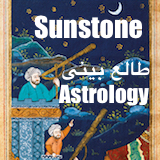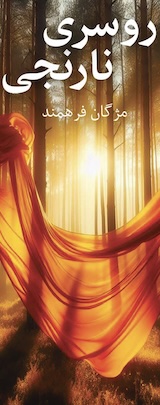Photo
Miroon 's Recent Photos
Iran Women’s National Football Team qualifies for AFC Asian Cup after defeating Jordan
Miroon | 23 hours ago
0 52
The Turquoise Empire
Miroon | 2 days ago
0 56
After wartime intel lapses, Iran official revives Shakdam spy caper
Miroon | 3 days ago
0 86
Iran International: Tehran offices closed as Iran faces energy crunch and deepening water crisis
Miroon | 41 minutes ago
0 44
Category: None
Iran International: Israel-backed cyberattacks cripple IRGC finances, burn $90 million in crypto – WSJ
Miroon | 45 minutes ago
0 44
Category: None
Merco Press: Argentina raises alert level over possible presence of Iranian agents
Miroon | 53 minutes ago
0 46
Category: None










Comments